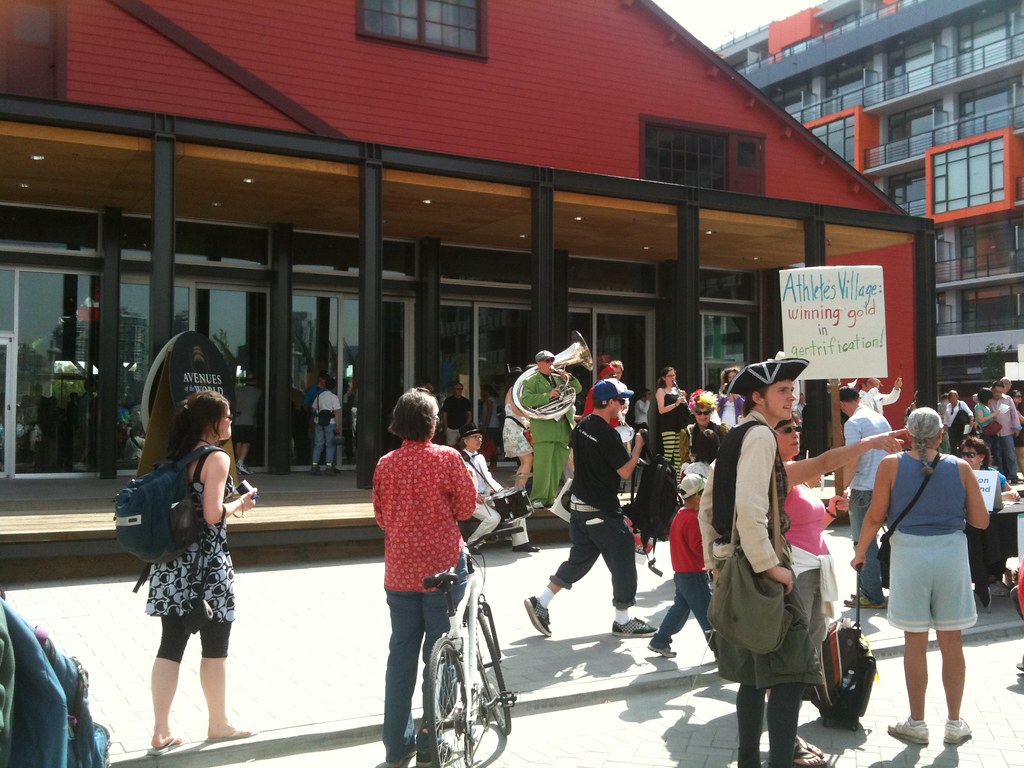A memorial service for the three men who died in an East Van house fire was held Saturday at the Longhouse Council Native Ministry.
Garland McKay, Dwayne Rasmussen and Steven Yellowquill died on Dec 22 when the porch they were living in at 2862 Pandora St. caught fire.
On Saturday, the Longhouse was filled to capacity with friends and family. The service began with a song led by Traditional Mothers. Morris then asked the mourners to stand up and share memories of the three men. For friends and family, it was a day to honour the men and their strengths. A picture emerged of the men as compassionate, respectful, and selfless.
At Saturday’s memorial, a broad picture of the men’s journey and challenges also emerged. There were many preventable factors creating the conditions for the tragedy.
The three men came from First Nations across the country (Rasmussen from Mount Currie, McKay from Kelowna, Yellowquill from Manitoba) to Vancouver looking for opportunity, but were unable to access appropriate non-market housing. As a result, the only housing that was accessible to them was the unsafe and inadequate “rooming-house” at 2862 Pandora St.




